Many fashion enthusiasts who dream of working in fashion imagine themselves in various roles: stylist, buyer, PR…Others dream of being the creative drivers of a brand, becoming designers and maybe even creative directors. You might have caught the feeling once—perhaps while watching runways— that you wish you were the next Nicolas Ghesquière, Stella McCartney, Joseph Altuzarra, or Silvia Venturini Fendi.
If this sounds like your dream job, in this article we will decrypt the role of the Creative Director in fashion—what they do and how to become one.
Before we dive in, you should know that becoming a Creative Director is a long journey. Unless you run your own brand, you’ll need at least 10 years of experience before you are entrusted to take the reins of a fashion house.
Most famous fashion designers all started as assistants. Christian Dior designed for Lucien Lelong for five years before he founded his eponymous brand in 1947. Karl Lagerfeld started his career in 1954 as an assistant to Pierre Balmain before he became Chanel’s Artistic Director in 1983. And there are many other examples like this. There are some exceptions, too, like Olivier Rousteing who was just 24 when he became the creative director of Balmain. He was the youngest director in Paris since Yves Saint Laurent. But it’s an exception. Normally, you will need long years of training to become a Creative Director. But that’s okay because the road to your dream is even more interesting. It’s the journey that counts—not only the destination.
If you have zero experience as you read this article, you will start as a fashion design intern. Then, you will climb the career ladder from Assistant Designer to Junior Designer. Then, to Senior Designer to eventually becoming a Creative Director. Eventually, because not any designer gets promoted to become a Creative Director.
With this in mind, it doesn’t mean you aren’t allowed to dream big and cannot prepare yourself for the role of the Creative Director already today. This article aims to explain everything about the role, the skills needed, what to study, and how to start your career in the fashion design department.
Who is the Creative Director?
The Creative Director is the highest creative position within the Fashion Design Department. They oversee the entire collection development process from concept to completion, setting a direction for the design team. Indeed, they don’t work on the collection alone.
If a fashion house were a movie, the creative director would be the lead actor. The design team would be the scriptwriters, cinematographers, and editors—essential to the process. A brand’s identity—its aesthetic, its storytelling, and ability to capture cultural moments—often relies on a singular, strong voice, that of a Creative Director.
Leading a team of junior and senior designers, seamstresses, and embroiders, it is the Creative Director’s job to ensure their design proposals and concepts match the overarching brand image and vision. Indeed, while designers might be responsible for translating a vision into garments, it’s the creative director who shapes the vision itself. Without a creative vision, a fashion house risks of becoming directionless, producing collections with no meaning.
This means that Creative directors have the major responsibility of all final garments being designed under their direction. They create and maintain a consistent vision of the fashion house. They oversee everything to ensure it aligns with the brand completely, down to the small details from model casting to mission statements.
Ultimately, Creative Directors are tasked with honoring the heritage of the fashion house. They do this while introducing new, innovative collections to keep the brand relevant and in the right direction. Normally, brands present their collections twice a year for Fall/Winter and Spring/Summer, and they can also add Pre-Fall and Resort collections.
The Role of a Creative Director Today
The role of a creative director has changed significantly in the past decades, becoming more complex. Nowadays, being a Creative Director no longer begins and ends with solely designing collections anymore. Today, they are responsible for executing and developing the whole brand vision and identity.
Due to a more global consumer with rising new communication platforms in the last decade, modern creative directors have to think about everything the fashion house stands for. They are usually involved in overseeing brand collaborations, every step of fashion show production, and even the social media strategy.
Creative directors with the most impact have become inseparable from the fashion house in the consumers’ minds. Their impact on the house is felt even years after they left the brand. For example, when you think of Chanel, you think of Karl Lagerfeld; Alessandro Michele, though he already transitioned to Valentino, is still remembered as being the Artistic Director of Gucci. And Dior is often associated with John Galliano. These designers became not only Creative Directors but icons of the industry with their unique visions that catapulted their brand.
Throughout our Inside the Fashion Industry course in module 4, we cover when the status of designers shifted from dress-makers to celebrities, to learn even more about what this means as the director you can look into the course today.
Creative Director Skills
Technical Fashion Design Skills
While Creative Directors are supported by a team of designers, they still need to possess technical fashion design skills, such as garment construction and sketching to communicate their ideas and be able to make adjustments independently when necessary.
However, as we saw, technical skills are not the only ones that matter nowadays. On this matter, Oliver Rousteing recalled to Vogue France when he got appointed at Balmain:
“I felt afraid. Afraid of not being the perfect designer, above all. When I say ‘perfect’ I mean technically: being able to design a well-cut jacket, a good pair of heels. To tell you the truth, fashion schools don’t teach you to become an artistic director, but a good designer. When I got the role, I knew I had to make collections and beautiful shows. However, I didn’t realise what the fashion world was really like. It was when I walked out of my first show in September 2011, into the public applause that I realized that I was not just a designer, but an artist director who had to have a more global vision of fashion. I had also become a public person who would have to face criticism and judgement”.
What other skills do Creative Directors need to be equipped with for success?
Compelling and Innovative Vision
Having a compelling and innovative vision for the brand is the main skill you need as a creative director. They do not need to be the most incredible designer in the room. However, they have to be the best one at emulating and communicating their vision to the team. Also, they need to give a direction of how to tell that story through the collection. It is important to understand the fashion house’s mission, values and heritage and at the same time—set an innovative creative vision you can bring to the brand.
Communication
Creative Directors need to clearly translate their ideas and concepts to manifest their vision into a collection. This is important whether verbally or through sketches, and communicate them precisely to the design team.
Business Acumen
Today’s Artistic Directors are not only designers, but also marketers and business savies. Understanding the business side of fashion, including market trends, consumer behavior, and brand positioning, is vital. It helps ensure that their vision will resonate with customers, spike desire, and drive purchases.
Leadership
Another important skill every Creative Director must have lies deep within their personality and identity. You have to be driven! Not just anybody can handle the pressure and responsibility. So, it’s important to have a strong leadership to inspire the creative team and build a future for the fashion brand.
To sum up, Creative Directors need a diverse skillset that combines a compelling and innovative vision, powerful communication, business acumen, and leadership.
What to study to become a creative director?
If Fashion Design and eventually—Creative Direction—is something you truly envision for yourself, then studying fashion design is a good path because it will teach you all the technical skills needed for this role. However, it’s not the only path. If one day you decide to pursue your childhood dream of becoming a fashion designer or creative director, but you studied something unrelated to it, you can still make it without a fashion or design degree.
Take a look at Miuccia Prada: She holds a PhD in Political Science. Donatella Versace studied literature and languages. The late Virgil Abloh studied Civil Engineering and Architecture and gained experience interning. And there are many more designers who didn’t attend a fashion/design school.
Nowadays, recruiters also look for candidates outside of the fashion industry who can bring fresh perspectives and other invaluable skills to the brand. If you studied Architecture, your knowledge can translate into making precise sketches and designing well-constructed, proportionate, sculptural garments. Marketing graduates have the unique advantage of deeply understanding consumer psychology and market trends. A degree in Sustainability can bring useful knowledge about producing environmentally-conscious products, while Business majors can help running a financially strong company and build a strong brand identity.
The Journey to becoming a Creative Director
It’s easy to forget everyone starts at the bottom—even the world’s greatest designers. If you don’t have experience yet—even if you attended a fashion school—you need to start with fashion design internships. You have to work your way up, beginning as a designer intern, then assistant/junior designer, up to senior designer. Showing devotion and passion for the role goes a long way.
Many fashion companies offer fashion design internships, which you can find online on the brands’ career websites, LinkedIn, and our newsletter. However, if you don’t find an offer you like (perhaps not at your favorite brand), there is another way: Cold e-mailing fashion designers offering your help as an intern. This strategy will get you more noticed and unlock internship opportunities that weren’t posted online, thus skipping competition with other candidates.
Send them your resume, cover letter and a portfolio of your sketches or designs—even those you made in your free time or for the purpose of that internship.
I teach how exactly to build your application when you have no or little experience in my online course Break into the Fashion Industry. You can also start with this free webinar.
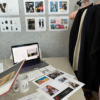



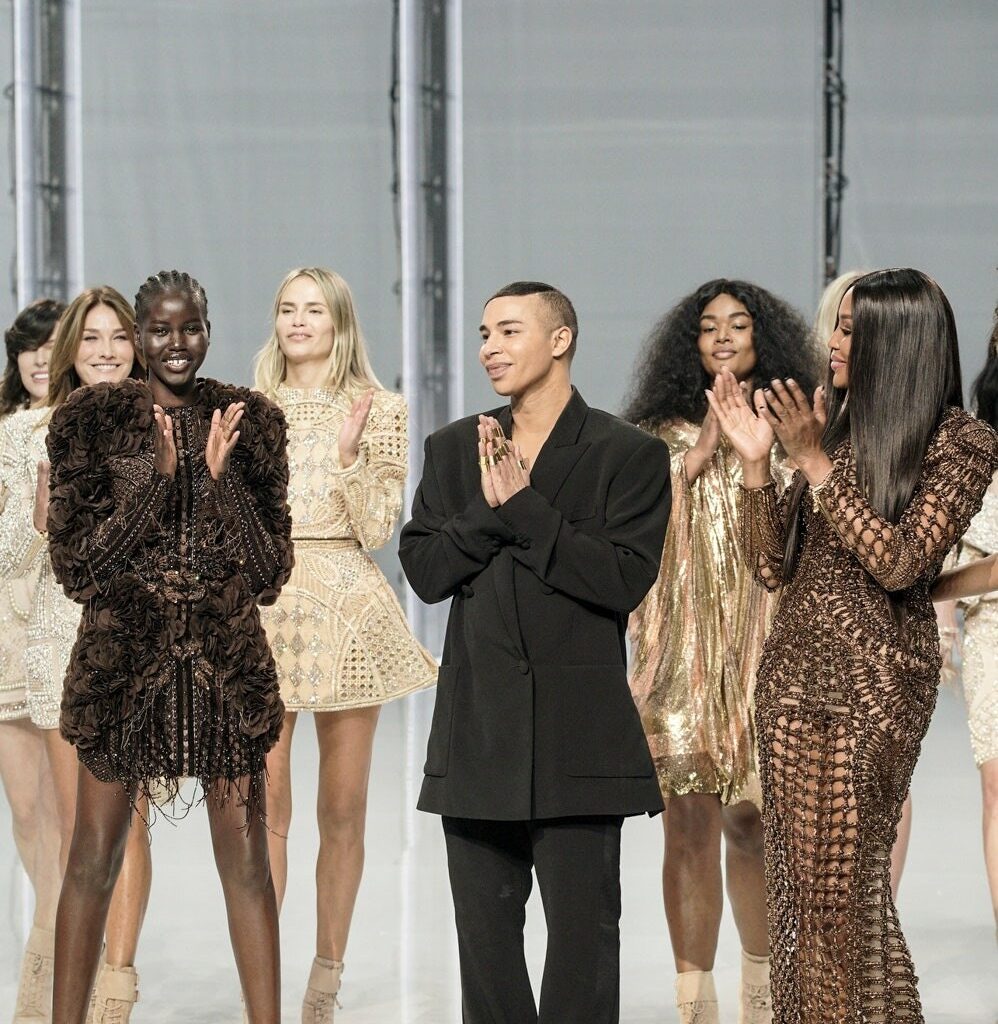
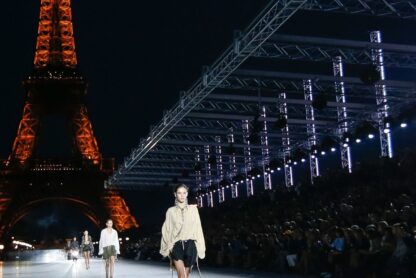
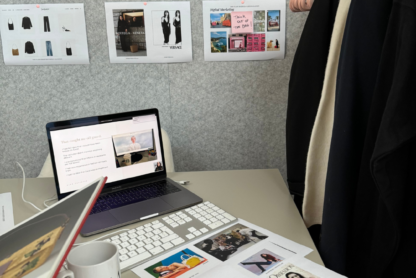

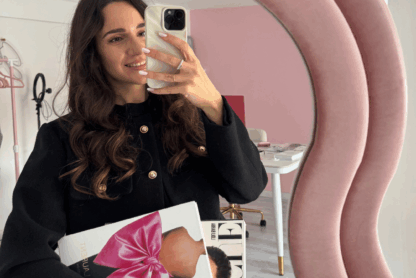
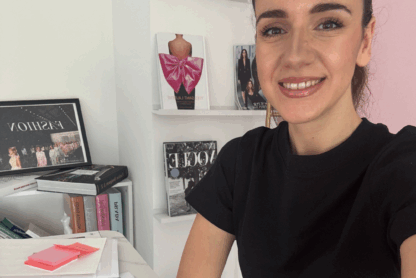
Thanks for sharing the information
Thank you for your thoughtful feedback—I truly appreciate it! Looking forward to delivering more quality content. Misfits Leather Jacket with Hood